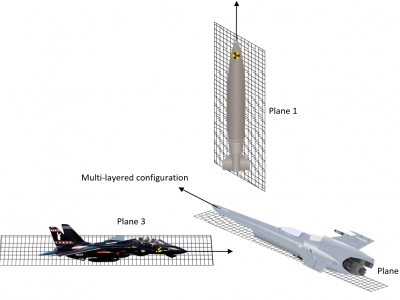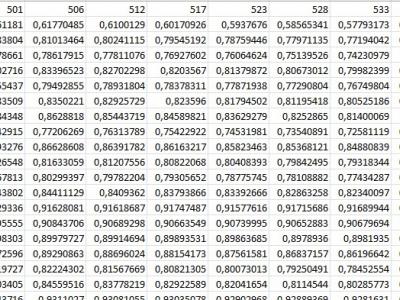Machine Learning
Iman Sharafaldin et al. generated the real time network traffic and these are made available at the Canadian Institute of Cyber security Institute website. The team of researchers published the network traffic data and has made the dataset publicly available in both PCAP and CSV formats. The network traffic data is generated during two days. Training Day was on January 12th, 2018 and Testing Day was on March 11th, 2018.
- Categories:
 6762 Views
6762 Views
The risks to children of online predators in real time gaming environments have been an area of growing concern. Research towards the development of near real time capabilities has been the focus of most queries published in this area of study. In this paper, we present Protectbot, a comprehensive safety framework used to interact with users in online gaming chat rooms. Protectbot employs a variant of the GPT-2 model known as DialoGPT, a generative pre-trained transformer designed specifically for conversation.
- Categories:
 666 Views
666 Views
This Named Entities dataset is implemented by employing the widely used Large Language Model (LLM), BERT, on the CORD-19 biomedical literature corpus. By fine-tuning the pre-trained BERT on the CORD-NER dataset, the model gains the ability to comprehend the context and semantics of biomedical named entities. The refined model is then utilized on the CORD-19 to extract more contextually relevant and updated named entities. However, fine-tuning large datasets with LLMs poses a challenge. To counter this, two distinct sampling methodologies are utilized.
- Categories:
 356 Views
356 ViewsThe HQA1K dataset was developed for assessing the quality of Computer Generated Holography (CGH) image renderings based on direct human input.
HQA1K is comprised of 1,000 pairs of natural images matched to simulated CGH renderings of various quality levels. The result is a diverse set of data for evaluating image quality algorithms and models.
- Categories:
 765 Views
765 Views
This bearing datasets has high data quality and obvious fault characteristics, so it is a commonly used bearing fault diagnosis standard dataset. In this datasets, three unbalanced datasets under different loads are constructed to testify the recognition effect of the proposed method. The test bench is composed of 2HP (1.5KW) induction motor, fan end bearing, driver end bearing, torque translator and load motor. By using EDM technology, single point faults with different depths were machined on the inner race, outer race and rolling element of the test bearing.
- Categories:
 3067 Views
3067 ViewsThis dataset was acquired during the dissertation entitled "Optical Camera Communications and Machine Learning for Indoor Visible Light Positioning". This work was carried out in the academic year 2020/2021 at the Instituto de Telecomunicações in Aveiro in the scope of the Integrated Master in Electronics and Telecommunications Engineering at the Department of Electronics, Telecommunication and Informatics of the University of Aveiro.
- Categories:
 277 Views
277 ViewsEl carbono orgánico (OC) y el nitrógeno total (N) son
Nutrientes sensibles para el crecimiento de las plantas. La presencia de estos nutrientesEl carbono orgánico (OC) y el nitrógeno total (N) sonOrganic carbon (OC) and total nitrogen (N) are es-Organic carbon (OC) and total nitrogen (N) are sential nutrients for plant growth. The presence of these nutrierganic carbon (OC) and total nitrogen (N) are ews-
w
sential nutrients for plant growth. The presence of these nutrients
in acceptable quantities can generate an optimal environment for
- Categories:
 37 Views
37 Views
8-channel monopolar sEMG signals were acquired using the device developed by our research group at a sampling rate of 1000 Hz. Medical gel electrodes (CH50B, Shanghai Hanjie Electronic Technology Co., LTD., Shanghai, China) were used for data collection. The position of the electrodes is shown in Fig. 2. The REF electrode was placed on the inner side of the upper big arm near the elbow and the RLD electrode was placed on the outer side of the right upper arm near the elbow. Eight monopolar electrodes were placed on the right forearm.
- Categories:
 125 Views
125 Views




